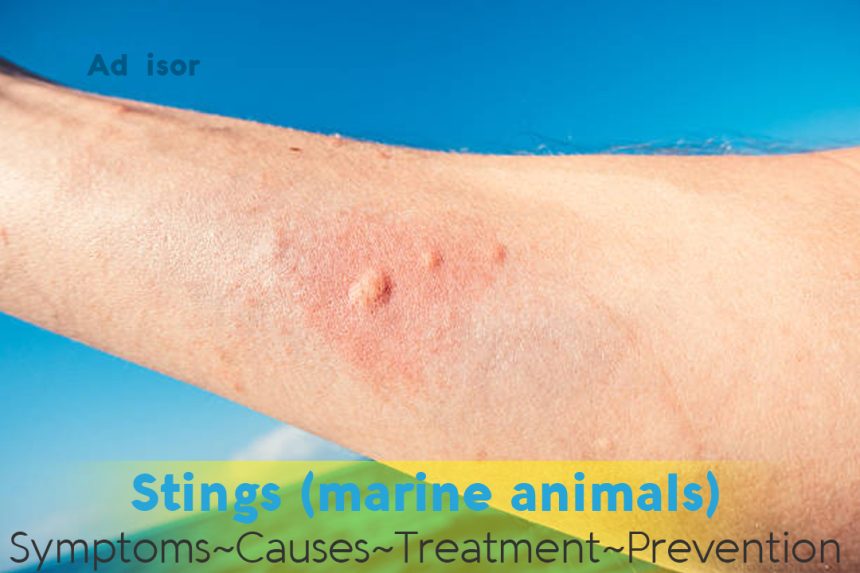What is it
Stinging sea creatures include jellyfish, the Portuguese man-of-war, sea anemones, and some corals, all equipped with stinging cells called nematocysts. On contact with the skin they dis- charge a small barb and a dose of toxin.
You’re more likely to encounter jellyfish and the Portuguese man-of-war while swimming; divers should watch out for coral and sea anemones. Sea urchins, which live on the sea bottom but may show up in shallow water, have poisonous spines that can puncture the skin even through thongs or sneakers.
Causes and remedies
If you’re stung or stuck by any of these animals, get out of the water as calmly as you can, and if possible identify the culprit so that you can choose appropriate first aid measures. If you weren’t able to see what stung you, ask someone who knows the area. Then apply the remedies described here.
Jellyfish
Only about 1 in 10 species of these translucent, bell-shaped blobs produces severe reactions in humans. But if you do come into contact with a toxic jellyfish’s trailing tentacles, you’re feel mild burning and stinging; long red weals that look like the marks of a whip will develop.
If you have to pull the tentacles off, protect your hand with cloth or a glove to keep the stingers off your skin. To deactivate the stinging cells, wash with sea water then apply rubbing alcohol, vinegar, or witch hazel. If possible, apply a papain-based meat tenderizer in paste form. This appears to break down the stinging cells (and the toxins in them) attached to your skin.
A paste made of talcum, baking soda, or flour mixed with sea water may also help. When the paste is scraped off, the cells come with it.
Don’t rub the affected area or rinse with fresh water: this can discharge un-activated cells.
If pain persists, a nonprescription topical anesthetic (such as one containing a “-caine” ingredient) can be applied.
The Portuguese man-of-war
Bright blue or purple and red, this is actually a colony of many individual jellyfish at two stages of development. The floating colonies are easy to spot, but their transparent tentacles, which can trail invisibly for as far as 60 feet, are not.
Contact with the skin provokes red weals similar to jellyfish stings, but the burning and pain can be far more severe. Shortness of breath, nausea, stomach cramps, and shock may ensue. Treatment is similar to that for jellyfish stings (you can also try ammonia), but in some cases you may need to see a doctor.
Coral
On contact, some corals release toxins; fragments may break off and become embedded in your skin. Apply calamine lotion or rubbing alcohol, and if there is an abrasion, remove fragments with anything at hand: for instance, a towel, a handkerchief, tweezers, or a needle. Wash with soap and water.
Sea anemones
These flowerlike creatures live fixed to the sea floor; their waving tentacles are equipped with stinging cells. If you step on one, follow the same measures as for jellyfish; do not rub the skin and do not rinse with fresh water.
Sea urchins
Also floor dwellers, sea urchins are protected with toxic spines; broken-off spines can cause secondary infections if they are not removed. A scrub with soap and water will get rid of some. Extract others with a sterilized needle or tweezers; a doctor may have to pull out the remainder.
Hot compresses or immersion of the foot in hot water increases blood flow, which helps remove the toxins. Since the punctured foot may be numb, check the water temperature with your hand or uninjured foot.
Prevention
Check ahead of time on the hazards that may be lurking off the beaches where you plan to spend your vacation. Pack a small first aid kit with the following items: needles and tweezers, rubbing alcohol or calamine lotion, and meat tenderizer.







